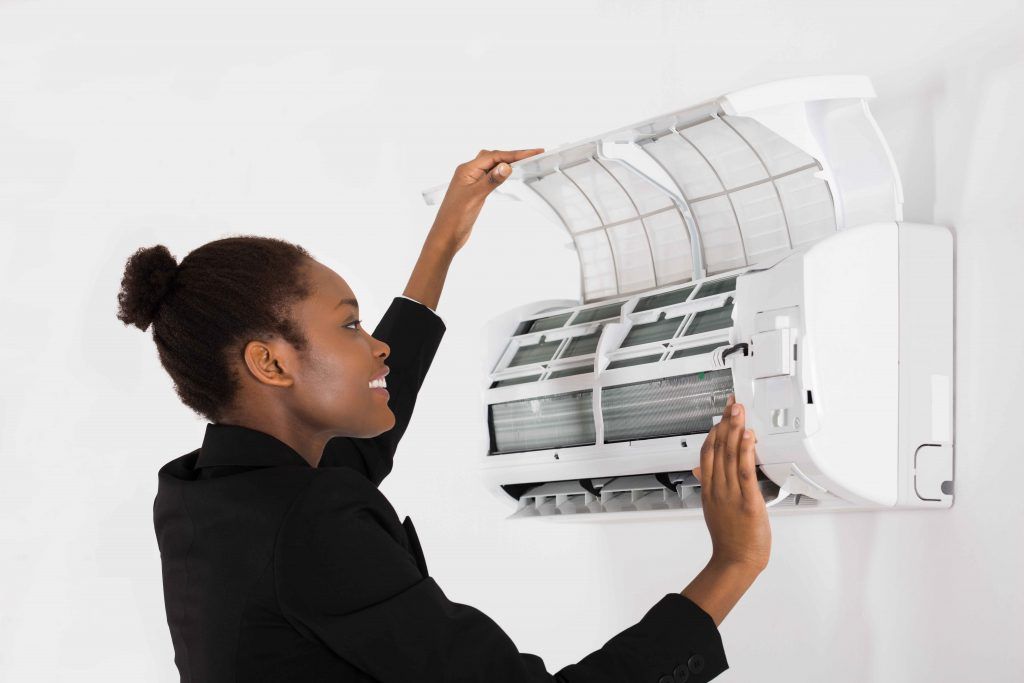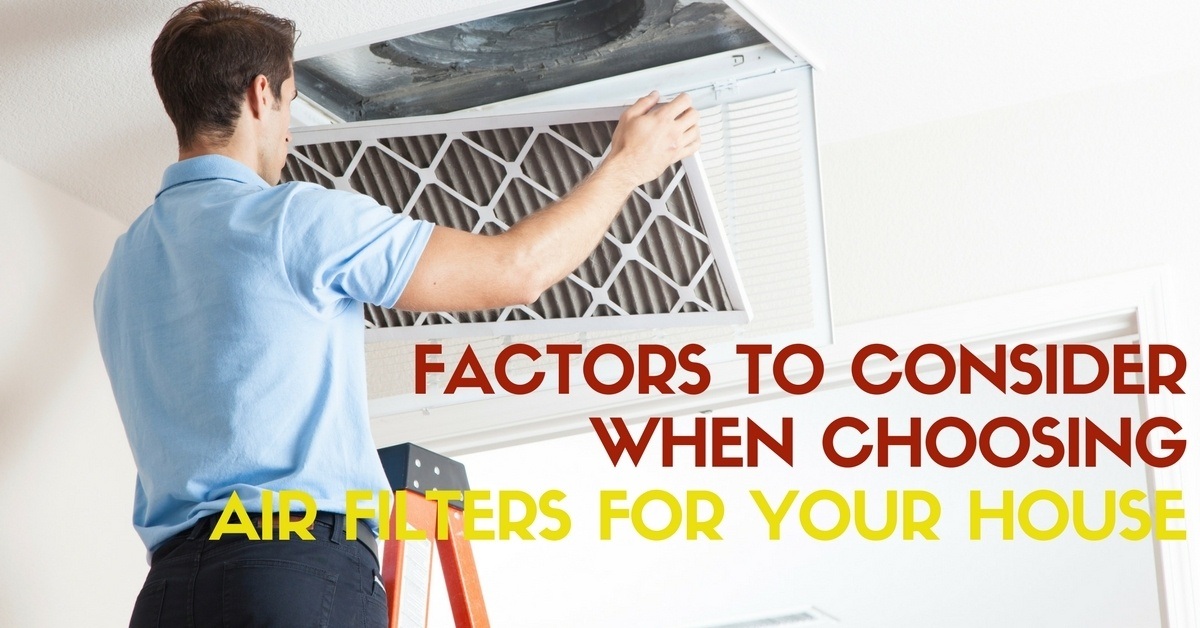Breathe easy while at home with the help of an air filter or an air purifier. The Environment Protection Agency states that poor air quality is one of the worst environmental health risks.
This is because there are so many chemical and biological contaminants that pollute homes these days. As a result, getting the best air filter has become a necessity in most houses, especially if the occupants suffer from respiratory diseases such as asthma, or if they have allergies.
More...

TOSHIBA AIR FILTER via Wiki
Buying a high-quality air filter or purifier is one of the best ways to introduce a breath of fresh air into your home.
Homeowners are advised to change general air filters every three months, and larger air filters at least once a year.
Unfortunately, there are so many options in the market, and most homeowners are usually at a loss when it comes to choosing the best one.
So, how do your choose the best air filters for your house?
It is important to consider the following factors when shopping for air purifiers and filters, whether you are installing a new one in your home, or replacing an inefficient one.
Size of your space
Different filters work efficiently in rooms of different sizes. It is important to know the size of the room where the air cleaner will be placed before purchasing one. Most manufacturers indicate the amount of square footage each filter can effectively clean.
MERV rating
When buying an air purifier or replacing an air filter, it is important to check the MERV rating of the filter, or Minimum Efficiency Reporting Value. The rating identifies how well the filter will hold contaminants when put in the least efficient conditions.
Higher ratings indicate greater efficiency. As a guide, the filters with the lowest ratings are made from fiberglass, followed by pleated or media panel air filters. High-efficiency air filters are also very efficient, while True HEPA filters are the most effective.
Fiberglass air filters have a MERV rating of between 1 and 4. They were initially designed to protect your HVAC, not to improve the air quality of your home. They are thin with a simple flat panel, and they trap less than 10-percent of the contaminants in the air.
Pleated air filters remove up to 45-percent of contaminants in your home. They have several pleats per foot, with a MERV rating of between 10 and 13. Always insist on pleated air filters that have a MERV rating of at least 11, and a minimum or 18 pleats per foot to ensure efficiency.
High-efficiency air filters are very practical for residential premises, as they reduce contaminants by up to 85-percent. They usually have a MERV rating of between 14 and 16. They can trap very small particles, including irritants and mold.

Air Filter Setup
They use pleated filter papers and are sometimes coated with chemicals that kill bacterial and microbes. Using high-efficiency air filters can help prolong the life of your heating, ventilation, and air conditioning system.
Furthermore, it reduces operating costs and ensures the air you breathe is cleaner. These filters also reduce cleaning service charges, as there'll be less dust and dirt on your drapes and furniture.
True HEPA is the best filtration system available. This system removes up to 98-percent of pollutants and has a MERV rating of between 17 and 20. However, since they restrict a lot of air, they cannot be used as a traditional furnace filter.
This system needs a significant amount of air pressure to push the air through, and a traditional HVAC system is not equipped to provide this amount of pressure. Therefore, it is better with stand alone purifiers and whole house filtration systems.
Contaminants in your home
The type of contaminants you have in your premises will determine the filtration system you purchase.
Cheap filters, such as fiberglass, trap large particles of more than 10 microns, but not smaller particles.
Very large dust particles have a lot of weight, and they may settle on surfaces long before they reach an air filter.
High-efficiency filters, on the other hand, are very good at trapping very small particles, but they may not trap large particles effectively.
Therefore, if common contaminants in your home include cigarette smoke or mold, high-efficiency filters are the best option.
If you simply want to reduce the amount of dust in the air, you can purchase cheaper options.
Pre-filter
To prolong the life of your air filter, it is important to choose an air purifier that has a pre-filter. Pre-filters trap large particles, including pet dander, dust, and hair.
Therefore, the main filter only traps ultra-fine particles, ensuring it doesn't get clogged easily.
Operating costs
Most air purifiers have an operating cost of between $150 and $200, depending on the size and the model.
Operating costs include electricity and filter replacement. The cost of a filter can range between $10 to $100, and the one you choose depends on your needs and your budget.
To reduce electricity costs, look for models that are Energy Star rated.
You can also reduce the costs of replacing the filters by looking for models with air filters that can be washed and reused.
Noise levels
Depending on where the air purifier will be placed, the noise levels of the appliance is very important. Quieter models are always preferred, especially if you'll be using it in a room where you work or sleep.
To reduce noise levels even further, choose larger air purifiers and run them at a lower speed, instead of choosing small purifiers and cranking them up.

Reusable air filters
To further reduce the cost of operating an air purifier, you could get one with washable filters. These filters are made from durable materials, allowing you to wash them regularly and reuse them.
However, these filters come with certain drawbacks. They are more expensive than disposable filters, and most of them have a very low MERV rating.
Nano Coil/ HEPA / HyperHEPA filtration system
Choose an air purifier and air filter that uses either a HEPA, HyperHEPA, or Nano Coil filtration system. HEPA, or High-Efficiency Particulate Air, is a filtration system that removes microns that are 0.3 microns or larger in size.
These include mild spores, dust, or pollen. HEPA filters have paper-like fibers that are positioned randomly to create very narrow passages with plenty of twists and turns. As air passes through these filtration systems, particles are trapped, making the grid even smaller.

This means the filter is more efficient with use. However, after a while, the filter will be clogged, making it necessary to buy a new one.
HyperHEPA filters work just like HEPA filters, but they can trap particles that are 0.003 microns. Nano-Coil technology helps trust airborne contaminants such as bacteria and flu viruses.
It is also a lot better at removing dust and mold from the air. It can trap particles that are as small as 0.05 microns.
Zeolite or Activated Carbon
To truly clean the air in your home, it is important for the air purifier to have the ability to absorb harmful gases.
Air purifiers and filters that have activated carbon attract gas molecules from cigarette smoke, mildew, bad odors, and volatile organic compounds such as pesticides and formaldehyde.
It does this through the process of adsorption, which involves particles sticking to carbon. Zeolite is a mineral that can be added to air purifiers to absorb gas molecules such as carbon monoxide and ammonia.

Avoid any air purifier that produces ozone gas
There are so many air purifiers in the market that have ozone as a by-product. Unfortunately, this gas is a known lung irritant. Ozone can make asthma worse, and can also make it harder for the body to fight respiratory infections.
Furthermore, ozone is not a very stable molecule, and it may react with other chemicals in the air to form harmful compounds. Because of this, any air purifier that produces even small amounts of ozone should be avoided completely.
Important and unique features

It is important to choose an air purifier that has all the basics. However, there are features that could set these appliances apart and make it easier for homeowners to use them. For example, a remote control can make it easier to adjust settings.
Some have dirt sensors that automatically adjust the speed of the fan depending on the amount of dust in the air. Service indicators can help you know when the air filter needs cleaning or replacing.
Programmable timers allow you to set the air purifier to work for several hours before you'll be entering the room. Another useful feature is the presence of several adjustable speeds. This feature to adjust the speed of the unit depending on your needs.
You can set it to run slowly while you are working or sleeping, and fast when there is a lot of pollen or dust in the air.
Conclusion
The quality of the air inside your home should not be ignored, and air purifiers and filters can make it easier for everyone to take a deep breath without breathing in irritants and pollutants.
Consider your specific needs, size, and budget, and use the above tips to choose a purifier and filtration system that will keep the air in your home fresh and clean.
